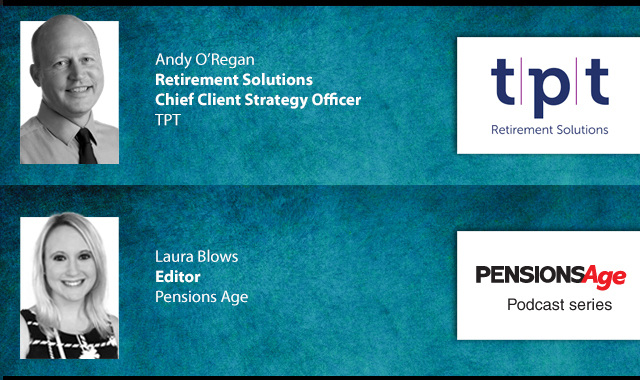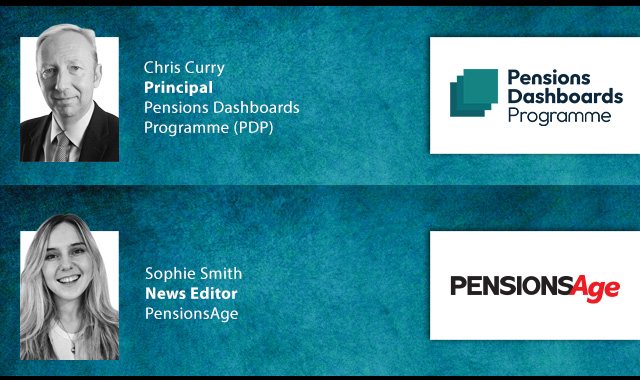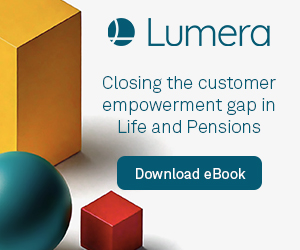Bernard Abrahamsen explains why the time may be right to take on credit risk
January 2013’s financial headlines were certainly of a very different flavour to those of a year earlier. Although traditionally ‘unlucky for some’, plenty of investors seem to have a good feeling about ‘13. It’s certainly helped that very recently, Greece finally got their slice of bailout loans, US politicians avoided the ‘fiscal cliff’ and Japan’s new government has been shouting about stimulating its economy.
Today’s optimism is a continuation of the positivity that has followed last year’s central bank activity. A moment in London, just before the Olympic Games, stands out in particular. At an event, European Central Bank (ECB) president Mario Draghi stood up and told the world that the central bank will do “whatever it takes” to save the euro.
Even Draghi’s advisers were taken aback by the boldness of the statement. With that simple utterance, investor sentiment across the world almost turned on its head – step aside “I love you”, “whatever it takes” were the most powerful three-little-words of 2012.
To demonstrate how much investor confidence improved, Greek government bonds, one of the worst returning investments of the first half of 2012, actually became one of the best returning ones of the second half. Risk has become more tempting because traditionally ‘safe’ assets, such as UK or German government bonds, offer rather paltry looking returns.
For example, gilts pay only 2 per cent pa for 10 years, while real yields on index-linked gilts are negative. Understandably, most investors want more.
The solution then, appears to be simple: if you want better returns, you need to take more risk. Consequently, a number of investors have piled into higher yielding assets, such as investment grade and high-yield corporate bonds, emerging market debt and equities, all of which have generally performed well recently.
But when looking for higher yields, what traps do investors need to avoid, and what are the important principles that prudent investors need to remember?
Focus on being adequately rewarded for taking risks
Taking risks is not, in itself, a problem – as long as you take them for the right reasons.
Yields on safer assets may be unattractive, but that alone doesn’t justify jumping into the riskier stuff. We strongly believe that investors need to be confident that the returns are adequately rewarding them for the risks they are taking.
Of course, every investor wants to know the answer to the simple question ‘is everything going to start getting better in the global economy or not?’, but put quite simply, we doubt anyone really knows, and getting the answer wrong could be costly. It’s not a good idea to take positions based on little more than guesswork. When it comes to the big question about how this ongoing crisis is going to pan out, we don’t really know either.
But if we are all admitting that things aren’t very clear, then what on earth are investors supposed to do? The simple answer is to make sure they’re being adequately or more- than-adequately compensated for the risks they are taking. Discussions about the future of the world’s finances are arguably better left for the dinner party table.
If though, hypothetically, you can’t find higher yielding assets which reward you for the risks taken, what do you buy? Well, if that is the case, then we simply say ‘be patient and wait’.
Markets are likely to remain volatile and prices will continue to move up and down so opportunities to buy valuable assets at a good price will present themselves in due course.
Investment grade corporate bonds
With all of the above in mind, how does the corporate bond market look? Does it generally offer attractive returns for the risks?
For gilts at least, they can’t go much lower. Arguably, the only way is up but, of course, fixed-rate bond prices are inversely related to interest rates and so gilts will plunge once central banks start hiking official rates.
This ‘interest rate risk’ is measured by the ‘duration’ measure, the lower the duration, the less a bond portfolio will fall in price if interest rates increase.
A duration of ‘zero’ will leave the portfolio completely unaffected by interest rate changes.
Of course, for a number of institutional investors, duration isn’t a problem, since if rates increase sharply, their value of their liabilities will fall in line with their bonds, (as they will be discounted at a higher interest rate).
But for other investors less inclined to accept interest rate risk, it may be worth eliminating duration entirely, and this can be done by buying floating rate bonds or hedging your fixed rate portfolio.
While yields are low, credit spreads are historically wide. Not as wide as they were during 2009, but wide nonetheless. This means that investors are demanding higher returns for taking on credit risks. But should they? In our view credit risks are not substantial, as corporates have generally looked after their balance sheets over the last decade.
Therefore, based on history at least, today’s credit spreads are attractive considering the risks.
In short, interest rate risks may not be worth taking, but credit risks may well be. When taking credit risks, we feel that, rather than piling in indiscriminately, investors need to be selective and find the best credits at the most attractive values. For example, secured bonds, which are less risky than their unsecured equivalents, will sometimes offer the same or better returns. A disciplined, fundamental approach, which focuses on finding the best opportunities, leaves investors best-placed to invest.
Patience
During the height of the credit crisis, rational and patient fixed income investors were able to find excellent opportunities among the avalanche of market panic. So many investors are driven by greed, anxiety and euphoria, and those who use a disciplined and fundamental approach can benefit.
Rational investors must be careful never to lose sight of this approach, because it can be easy to get swept up in the market’s various mood swings. Investors being generally more optimistic today than they were a few years ago isn’t a good enough reason, on its own, to pile into riskier assets.
Nor is the fact that government bond yields are very low. However, there are, and will be plenty of other good reasons to opt for ‘riskier’ assets like investment grade and high yield bonds.
In many cases, it’s best to be patient, keep your powder dry, and when there’s a good opportunity to earn attractive returns for the risks – pull the trigger.
Bernard Abrahamsen is head of sales and distribution at M&G Investments
Latest News
-
Pensions dashboards connections ramp up as first deadline passes
-
Insurer supply exceeds demand in UK DB risk transfer market
-
European pension schemes urged to rethink FX trading following US tariffs
-
FCA to launch live AI testing service
-
This week in pensions: 28 April – 2 May 2025
-
News in brief - 2 May 2025
Being retirement ready
Gavin Lewis, Head of UK and Ireland Institutional at BlackRock, talks to Francesca Fabrizi about the BlackRock 2024 UK Read on Retirement report, 'Ready or not. How are we feeling about retirement?’
Time for CDI
Laura Blows speaks to AXA Investment Managers (AXA IM) senior portfolio manager for fixed income, Rob Price, about cashflow-driven investing (CDI) in Pensions Age’s latest video interview
The role of CDC

In the latest Pensions Age podcast, Laura Blows speaks to TPT Retirement Solutions Chief Client Strategy Officer, Andy O’Regan, about the role of collective DC (CDC) within the UK pensions space
Keeping on track

In the latest Pensions Age podcast, Sophie Smith talks to Pensions Dashboards Programme (PDP) principal, Chris Curry, about the latest pensions dashboards developments, and the work still needed to stay on track
© 2019 Perspective Publishing Privacy & Cookies















Recent Stories